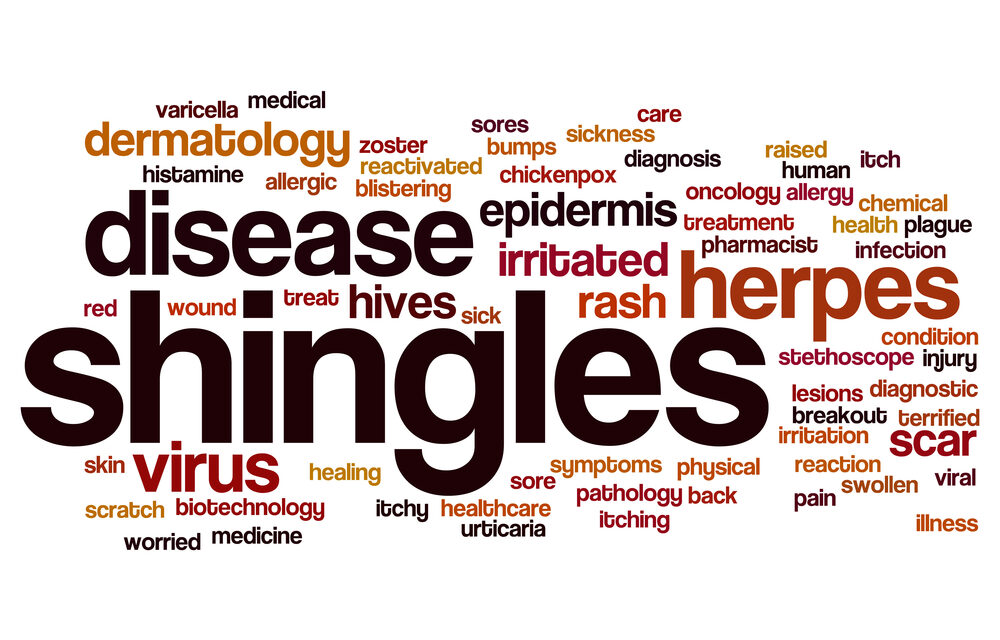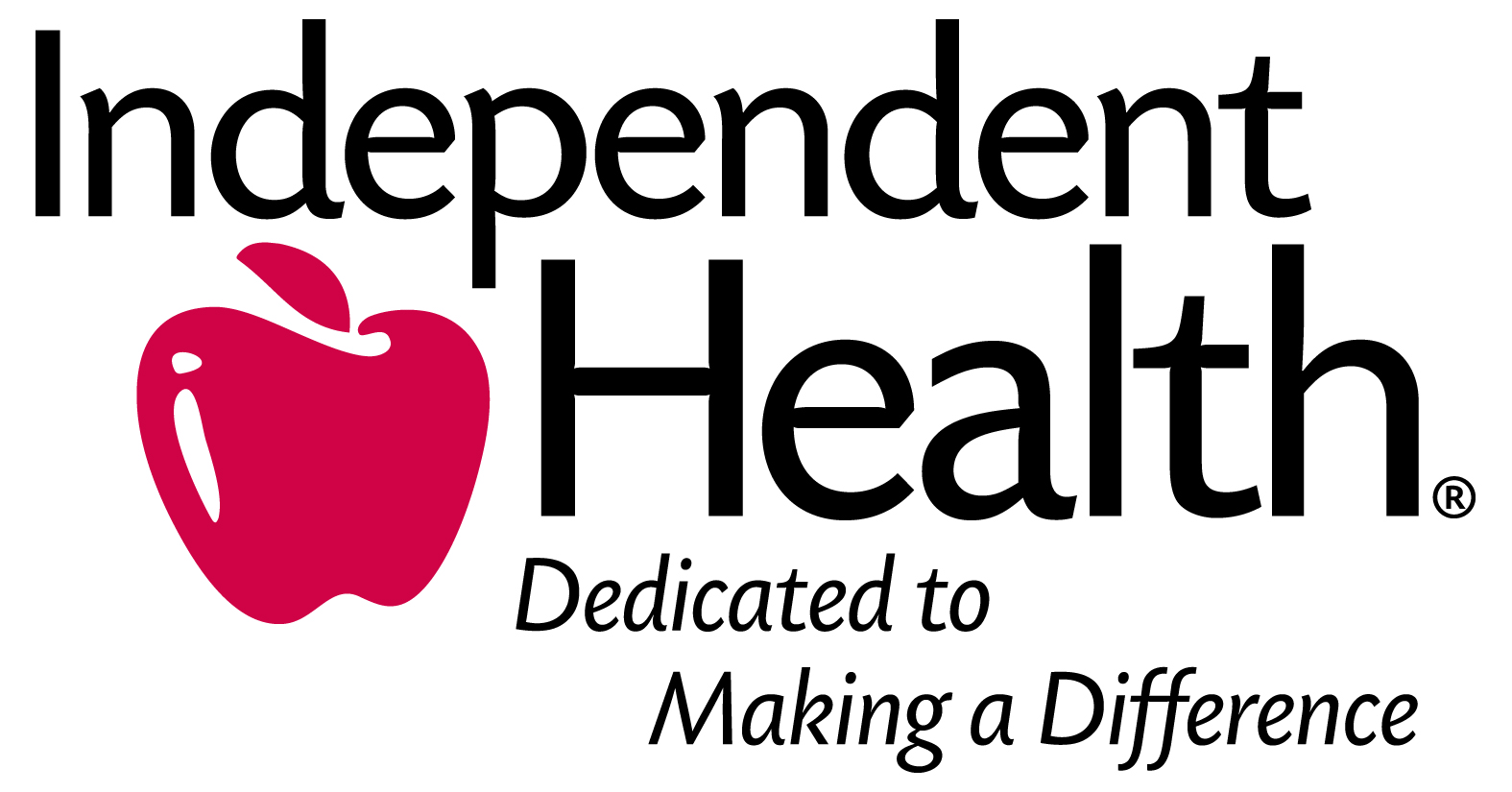By Annette Pinder
A recent article in VeryWell Health by Jennifer Sabour, MS, and reviewed by infectious disease specialist Ronald Lubelcheck, MD, states that the rate of shingles in young and middle-aged adults is increasing.
Shingles (herpes zoster) is a viral infection that causes a painful skin rash and blisters, that can sometimes cause postherpetic neuralgia (PHN), a serious condition that affects the nerve fibers of the skin where shingles occurred. Shingles occurs when the varicella virus reemerges after a period of inactivity in the body for reasons that experts don’t fully understand. According to the Centers for Disease Control and Prevention (CDC), one in three people will develop shingles in their lifetime. Risk factors include being 50 years or older, having an underlying health condition or HIV virus, taking immunosuppressant medications, corticosteroids, or biologics.
Shingles can appear on any part of the body, but usually appears as a band on the trunk of the body, or on one side of the face, in the form of a painful rash or blisters. You can get shingles once or, in rare cases, two or more times, and at any age. Common signs and symptoms are itching, tingling, sensitivity, or numbness of the skin (usually occurs before a rash develops), a rash (one to five days after symptoms begin), painful blisters, fevers and chills, headache, stomach discomfort, and ache.
It is important to contact your healthcare provider as soon as possible after you notice symptoms.
Common treatments for shingles include antiviral medications such as famciclovir, valacyclovir, and acyclovir, which shorten the length of symptoms and progression of the disease by inhibiting the virus from replicating in your body. Such treatments work best within 72 hours after developing the rash. Anticonvulsant medications, such as gabapentin and pregabalin are sometimes used to alleviate nerve pain. Topical creams and lotions containing 5% lidocaine, or a combination of 5% lidocaine and capsaicin, can also temporarily relieve nerve pain. Over-the-counter medications, such as Tylenol, Motrin, or Advil, and cold compresses can also help.
Shingles can occur at any age. The best way to prevent shingles is through vaccinations. The CDC recommends that individuals 50 years or older get two doses of the Shingrix vaccine, which provides over 90% protection. A recombinant vaccine, Shingrix is made from just a part of the virus and, therefore, the virus cannot replicate. The vaccine does not cause the infection itself, and protects individuals against complications from the virus. Individuals who are 19 years or older and are immunocompromised should also receive two doses of Shingrix. However, the effectiveness of Shingrix varies if you are immunocompromised. Studies show a 68% to 91% efficacy, with percentages differing based on a person’s underlying conditions.
It is also important to know that vaccine-acquired immunity from varicella vaccines is much safer than naturally-acquired immunity from exposure to pathogens from the actual disease, as the symptoms of chicken pox can be serious to life-threatening. Speak to your health care provider if you have any concerns about the safety and efficacy of vaccines.












